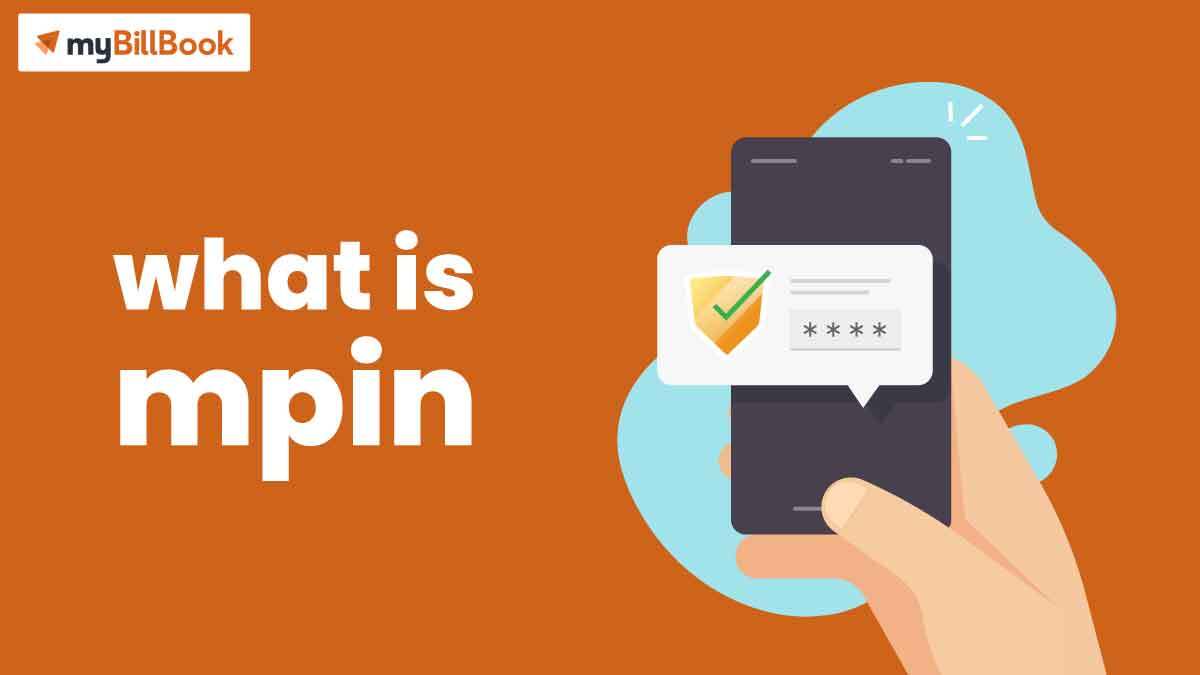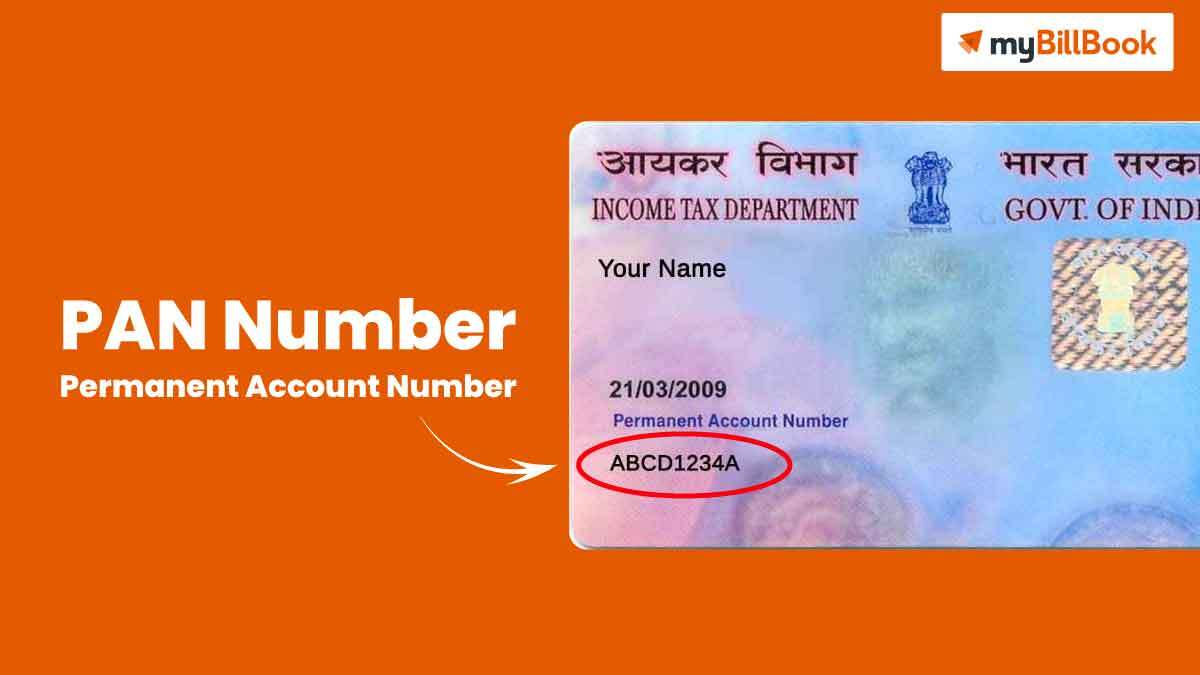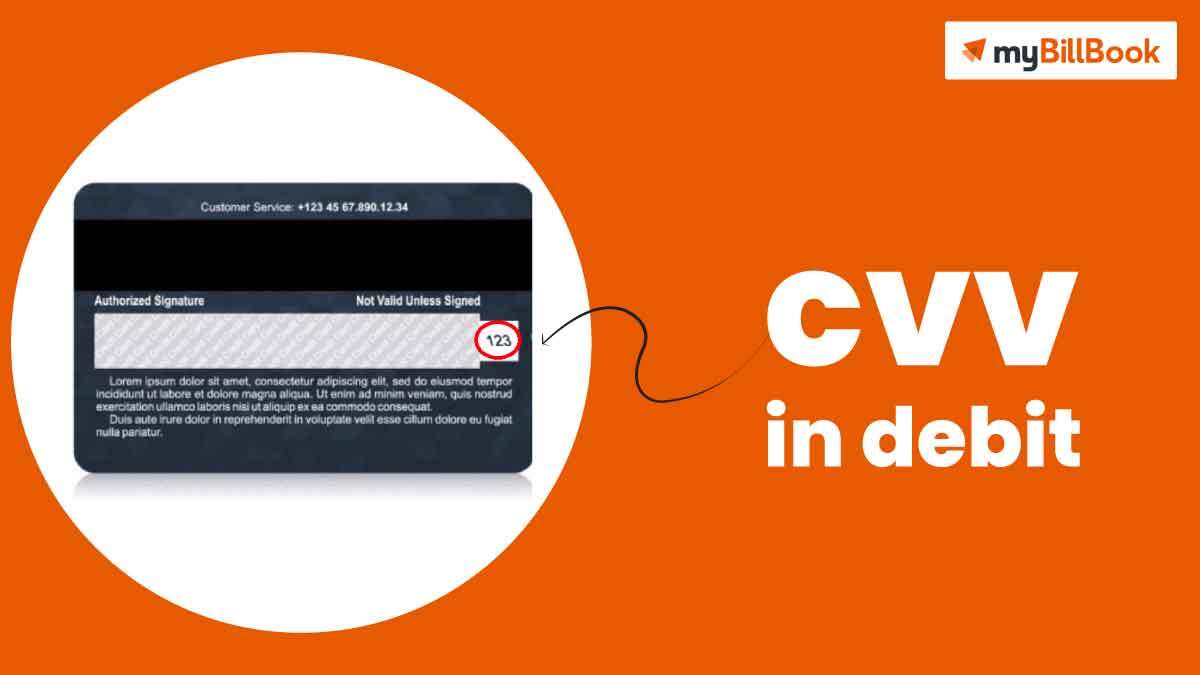What is Credit Limit?
The credit limit of a credit card refers to the maximum amount of credit a bank or other lender will extend to a customer. The credit limit varies depending on the issued card type and the customer’s eligibility.
To help you understand in a better way, here’s a credit limit example:
When you were given an XYZ company credit card, you were informed how much you could spend. Let’s say that the instruction states that you are allowed to spend 1 lakh on your expenses. This means that the customer’s credit limit is set at Rs. 1 lakh, and any payment that exceeds this limit will be declined.
Let’s understand in detail how a credit card limit works.
How Credit Limit Works?
When managing a credit card, it’s essential to understand better how credit card limits work to avoid any penalties and financial losses. Financial authorities such as banks, alternative lenders, and credit card companies decide the limit.
The financial institution uses a customer’s income, employment history, loan repayment history, and credit history to determine the appropriate credit limit. The credit limit increases in direct proportion to credit history.
For instance, banks or lenders won’t impose a higher limit on borrowers who lack the means to repay. In such circumstances, the initial limit may be low, but if a bank ultimately sets a high credit card limit, the financial institution considers them low-risk borrowers.
A borrower’s credit limit may change over time. If customers make payments on time and keep credit utilisation low, banks or credit card companies may increase the credit limit. Conversely, the credit limit may be reduced if a customer has a high credit utilisation.
These aspects are essential for borrowers so they don’t accidentally exceed it and damage their credit score.
How do Banks Determine your Credit Card Limit?
When your application reaches a financial institution, the issuer will review your credit history and income to determine how much credit to extend to you. Issuers want to know that you can repay any credit you’ve been given and that you’re financially prudent.
Here’s how they determine the credit card limit:
- Payment history
The first concern is a customer’s propensity for timely payments. A credit card may not be issued to customers if the institution views them as high-risk borrowers due to past payment defaults or large debts.
- Debt-to income ratio
The financial institution will verify a customer’s ability to repay the credit. So, if the debt-to-income ratio is 35%, the institution issues the credit card quickly. However, if the ratio is 50% or higher, it might be more difficult for the customer to get approved for a credit card.
- Age
If a customer is young and has not made any payments, the issuer will either not issue the card or set a lower credit limit. The minimum age to apply for a credit card is 18 years.
- Current Credit Limits
If a potential customer already holds a credit card from another company, the institution checks the customer’s credit score and assesses whether or not he is a low-risk borrower.
Over time, the credit card limit might change. The main determinants are the borrower’s history of timely payments and how frequently he uses his credit card.
How to Increase Credit Card Limit
To raise your credit card limit, you need to be a loyal customer for at least six to twelve months. Additionally, you might be asked to provide more details about your income and debts.
Here are four things you can do to raise your credit card limit:
1. Ask the issuer to increase the limit
Depending on your justification for the request, most banks will increase your credit card limit if you ask them to. You can submit a request through net banking or by going to a bank branch.
2. Apply for a new credit card
If you currently have a credit card from XYZ company with a lower limit, you can apply for a card requesting a limit higher than the current one. If the credit score is good, banks will approve your request.
3. Use your credit card wisely
Maintaining a good credit score is among the effective strategies. This is possible if you don’t completely exhaust your credit limit. To improve your chances of the bank approving your request, keep at least 10% of your credit limit available.
4. Pay your bills timely
If you consistently make credit card payments, the bank will perceive you as a low-risk client and make offers to raise the credit limit.
Benefits of Increasing Your Credit Limit
But why would you want to increase the credit limit? The below benefits will help you understand it better:
1. Improves your credit score
One of your credit score components is the credit utilisation ratio, which measures how much credit you use to your credit limit.
Keeping a higher credit limit and maintaining a minimum available balance on your account will demonstrate your responsibility, raising your credit score.
2. Financial flexibility
If an institution sets a higher credit card limit, you’ll have more room to make purchases on your credit card without maxing out or worrying about your balances getting too high.
3. Helps rebuild your credit
Suppose you’ve had a history of financial difficulties that resulted in bad credit scores. In that case, a higher credit limit may convince creditors that you’re serious about improving your credit and are using your card responsibly.
4. Low-interest rates
A higher credit limit also helps you qualify for lower interest rates on loans and credit cards in the future.
5. Perks and additional benefits
If you have a lower credit limit, banks might not give you additional benefits with a credit card. The likelihood of receiving perks and additional benefits rises with a higher limit.
What is the difference between Total credit limit and Available credit limit?
Total Credit Limit
The total credit limit is the maximum amount of credit a financial institution has issued to a borrower.
Available Credit Limit
The portion of the account’s total credit limit that has not yet been used is the available credit limit.
For example, if a borrower has a total credit limit of INR 15,000 and has spent INR 5,000, the available credit limit stands at INR 10,000.
FAQs Related to Credit Card Limit
What happens when you exceed the credit card limit?
A credit card limit is a monthly amount you can spend on your credit card. If you go over the limit:
1. Your payment will be declined.
2. The bank adds an over-the-limit fee to your regular payments.
3. The company might reduce your credit card limit if it happens frequently.
How much amount should I maintain on my credit card?
Maintaining at least 10% of the total credit limit qualifies you as a low-risk borrower.
What does a credit limit mean?
The credit limit is the maximum amount the borrower can spend on their credit card in a given period.
How can I request my bank for a higher credit limit?
You have two options:
1)Visit the branch and request a higher limit.
2)Login with your net banking credentials and raise a request.
What happens if I have a bad credit card score?
If you have a bad credit card score, it indicates you have a poor credit history. This can make it difficult for you to get approved for new credit cards or loans. And result in higher interest rates.
I am 16 years old. Can I still get a credit card?
You must be at least 18 years old to apply for a credit card.
Can I issue a credit card if I'm unemployed?
Yes, banks can approve your request even when you are unemployed. You can prove that you are a low-risk borrower by having a healthy bank balance.
What's the difference between the credit limit and the line of credit?
A line of credit is a loan that has a borrowing cap. You are only required to pay interest on the amount you borrow. When short-term financing is needed, like for a home improvement project, a line of credit is used.
Read more:






